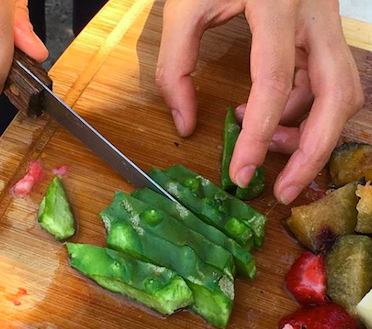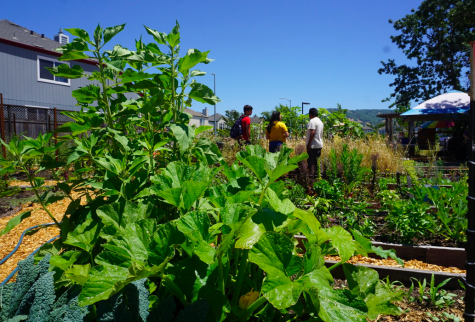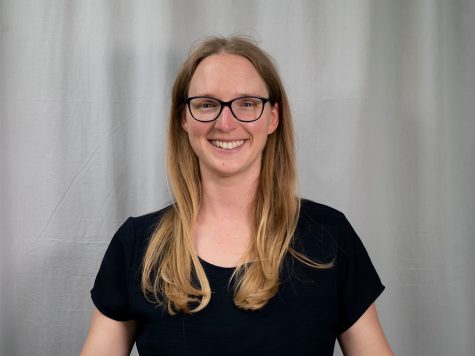
Chicanx educators encouraged the 50-plus attendees at April 8’s “Última: La Curandera” Zoom event to reconnect with the traditional healing knowledge of Chicanx and indigenous elders in their lives.
“In preparation for today’s presentation I read some books, I did some research, but I really spent time remembering the teachings that my mom and my grandmother gave me before I realized how important they were,” said LandPaths Bilingual Field Specialist Jesica Rodriguez.
The event was hosted by SRJC’s Intercultural Center and presented by local non-profit LandPaths, whose mission is to foster a love of the land in Sonoma County.
Presenters set the traditional ecological knowledge of indigenous healers within the context of Chicanx history before sharing DIY recipes that the students, faculty, staff and community members in attendance could safely incorporate into self-care routines.
The sense of community at the event was palpable, even over Zoom. The chat raced with comments written in English, Spanish or both as attendees shared recipes from their families’ elders and advice for growing medicinal plants.
When asked why there was so much excitement, EOPS Outreach Program Coordinator Rafael Vázquez said that for many decades SRJC had not created a welcoming space for Latinx, undocumented or bilingual students.
Vázquez said community members were surprised to see that SRJC was hosting an event about Chicanx author Rudolfo Anaya’s classic coming-of-age novel, “Bless Me, Última,” which features a traditional herbal healer or “curandera.”
“When they see that, they see ‘wow’ this space is changing,” Vázquez said. “We can talk about ourselves without being told to stop talking in Spanish in this environment. We can be ourselves and we don’t have to hide it to be accepted and welcome in this space.”

Students from Vázquez’s class, “Culture and Values in Latin America and The Caribbean,” attended the event to compliment their study of Anaya’s novel in which the protagonist searches for identity amidst Native American, Mexican and Spanish influences. According to the Rudolfo Anaya Digital Archive, the character Última, a curandera, mentors the protagonist Antonio by sharing her ancestral wisdom of plants and the reciprocal relationship between the living and spirit worlds.
“For Última, even the plants had a spirit, and before I dug, she made me speak to the plant and tell it why we pulled it from its home in the earth,” Antonio said.
Landpaths’ presenters encouraged attendees to rekindle this relationship with nature by sharing DIY recipes utilizing gentle but powerful plants from traditional healing practices.
Recipes featured nopal (the cactus with paddle-shaped pads on the Mexican flag) which can help reduce blood sugar. Presenters recommend manzanilla (chamomile) for a relaxing and soothing tea. Calendula (pot marigold) and hierba buena (wild spearmint) were also highlighted. More information on the healing properties of these plants and DIY recipes can be found starting at minute 35:35 of the presentation.
Vázquez said some students never had the opportunity to learn these traditions from their grandmothers, either because they are undocumented and had to leave their country as children or because they were born in the U.S. and never got to visit their elders abroad. Vázquez hopes his class, and presentations like this one, can provide some healing for students and encourage them to learn more about their ancestral cultures.
To his people from Latin America, he said, “You have to root yourself in order to grow. You are like a tree and if you don’t get planted in the right soil, if your roots don’t grow deep and ground themselves, then you have absolutely nothing.”



